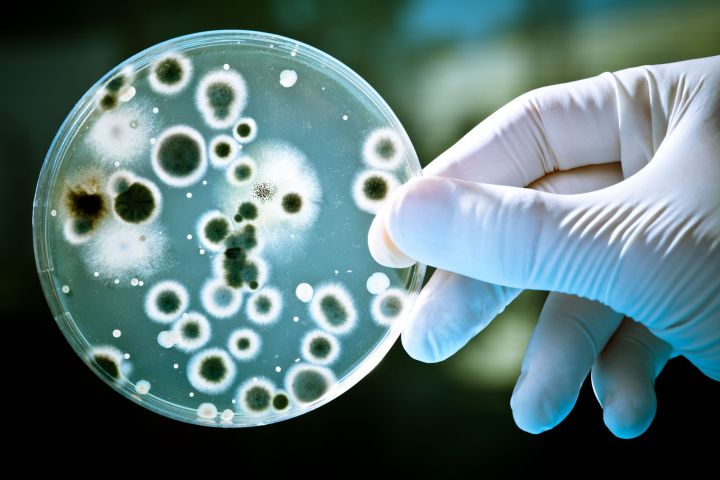
The new system is based on Verilog, a language commonly used to code computer chips. The team designed logic gates and sensors that work together as programmed within the DNA of a single cell of bacteria. That way, the coded bacteria can measure anything from glucose levels to blood oxygenation to temperature, or even acidity. The bacteria can then determine if an embedded drug dosage is required, and administer it accordingly.
Past attempts at designing bio-circuits have relied mostly on trial and error, or the extensive medical knowledge and experience of a select few. But this new programming language is designed to be easy to implement, without any training in genetic engineering. “You could be a student in high school and go onto the Web-based server and type out the program you want, and it spits back the DNA sequence,” said Christopher Voigt, professor of biological engineering at MIT. The language is text-based, but users with some knowledge of other coding languages or computer science basics will have an easier time using it.
Compiling the text of the computer program churns out a DNA sequence that researchers can then inject into a living cell. The most recent version of MIT’s programming language is optimized for E. coli, but expansions to the language will make it easy to write a single program that researchers could then compile to create the specific genetic sequence for any kind of organism, harmful bacterium, or even dangerous infection. In the past, these kinds of complex biological circuits would have taken years to build, according to Voigt: “Now you just hit the button and immediately get a DNA sequence to test.”
Future applications of the programming language will help the research team develop a series of medical solutions, including bacteria specifically engineered to help ease lactose intolerance, bacteria that produce insecticides only when sensors determine that a plant is being attacked, and self-regulating yeasts that stop growth automatically when there are too many toxic byproducts in the environment. The custom-designed cells could even be engineered to spontaneously produce life-saving cancer drugs if a tumor is detected in high-risk patients.



